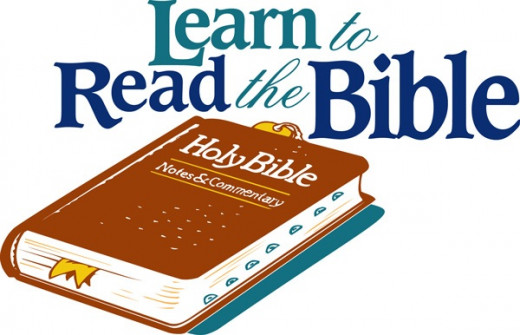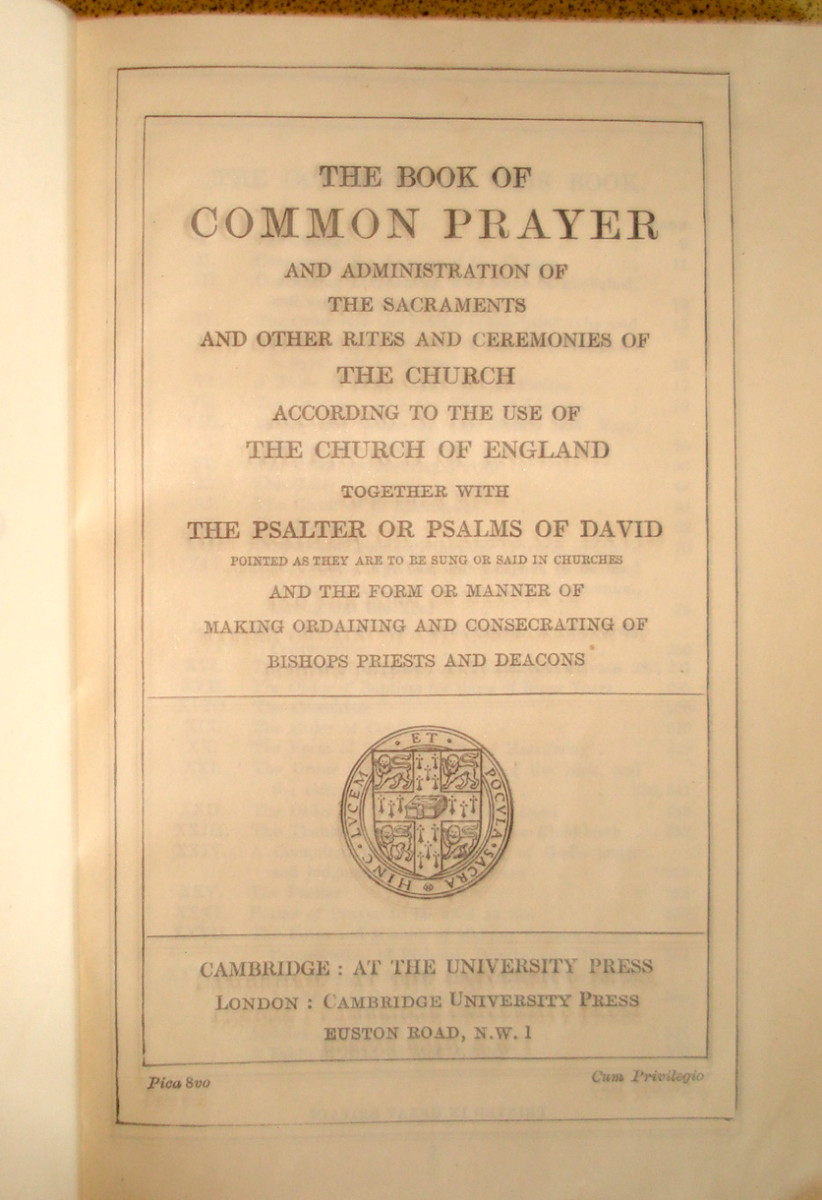Biblical Hermenuetics and Exegesis in the Early Church

Hermeneutics and Exegesis
What does the word exegesis mean? What does the word hermeneutics mean? According to Dr. Gordon Fee in his book How to Read the Bible For All Its Worth, “Exegesis is the careful, systematic study of the Scripture to discover the original, intended meaning … it is the attempt to hear the Word as the original recipients were to have heard it, to find out what was the original intent of the words of the Bible”. Hermeneutics is very similar to exegesis, according Milton S. Terry, hermeneutics “ is the art and science of interpretation”. However, hermeneutics is more than just interpretation, according to Anthony Thieselton, hermeneutics does five things: 1) “it raises biblical and theological questions; 2) it raises philosophical questions about how we come to understand, and the basis on which understanding is possible; 3) it involves literary questions about types of texts and processes of reading; 4) it includes social, critical, or sociological questions about how vested interests... may influence how we read; and 5) it draws on theories of communication and sometimes general linguistics because it explores the whole process of communicating a content or effect to readers or to a community”. After the passing of the apostles and around the time that Scripture was being canonized many questions arose on how to read, interpret and apply the Scriptures. Many of the early Church Fathers developed methods for exegesis and hermeneutics but the two schools that stand out are the schools of Antioch and Alexandria.
Alexandrian School of Hermeneutics
The School of Alexandria was primarily founded by two great church fathers, Clement of Alexandria and Origen. Clement was known for uniting Greek philosophy and thought with that of Christian philosophy and theology. Clement was the mentor of probably the most well-known biblical scholar that was to come out of Alexandria, Origen.In general terms, there were two approaches to Scripture, the literal and the allegorical method of interpretation. Origen and the Alexandrian School adhered to the allegorical method of interpretation of Scripture. What is the allegorical exegesis? According to Kelley in his book Early Christian Doctrine, “In allegorical exegesis the sacred text is treated as a mere symbol, or allegory, of spiritual truths. The literal, or historical sense, if regarded at all, plays a relatively minor role, and the aim of the exegete is to elicit the moral, theological or mystical meaning which each passage, indeed each verse and even each word, is presumed to contain.”Origen held to the belief that to understand scripture completely, one had to move beyond the literal sense of Scripture and understand the figurative or metaphorical. In interpreting Scriptures, Origen believed that there were three levels of meaning in Scripture that corresponded to the three parts of human being, who are made up of three separate parts; body, soul, and spirit. These three levels of meaning were the literal sense, which corresponded with the body, the moral sense, which corresponded to the soul, and the allegorical sense, which corresponded to the spirit. These senses were to be understood to the Christian in accordance to their progress in the faith therefore, everyone will receive benefit from the Scripture. While Origen’s enormous work in interpreting the Scriptures is considered very important, Origen had a tendency to over allegorize the bible and found himself at odds with the rest of Christianity. This type of interpreting the Scripture by allegory became known as the Alexandrian School of interpretation.
Hermeneutics in the School of Antioch
The School of Antioch stood in stark contrast to than that of the Alexandrian School in that their approach to Scriptural interpretation included both the literal and the typological. The School of Antioch had several adherents to this type of interpretation of Scripture. The Church Fathers that adhered to school of interpretation were: Theodore of Mopsuetia, Diodore of Tarsus, Theodoret, and John Chrysostom. All of these church fathers followed the Antochian method of interpretation and were very critical of the allegorical method.How does the typological method of interpretation differ from that of the allegorical method? According to Kelley “was a technique for bringing out the correspondence between the two Testaments, and took as its guiding principles the idea that the events and personages of the Old were “types” of, i.e., prefigured and anticipated, the events and personages of the New. The typologist took history seriously; it was the scene of the progressive unfolding of God’s consistent redemptive purpose…Typology, unlike allegory, had no temptation to undervalue, much less dispense with, the literal sense of Scripture”.Even though the members of the school of Antioch insisted on a literal sense of interpretation, they also utilized and employed the typological interpretation. The key to understanding the typological types in the bible was in the understanding of the term theoria, also known as insight. According to Kelly, theoria is “the power of perceiving, in addition to the historical facts set out in the text, a spiritual reality to which they were designed to point. Thus they accepted typology proper … but tried to rescue it from being exploited arbitrarily. For theoria to operate they considered it necessary (a) that the literal sense of the sacred narrative should not be abolished, (b) that there should be a real correspondence between the historical fact and the further spiritual object discerned, and (c) that these two objects should be apprehended together, though of course in different ways”. In this way the school of Antioch was not against a higher level of meaning in Scripture, however they opposed the allegorical method, and insisted upon the literal method which would allow for a discovery or finding of typology in Scripture. There were some members of this school who would severely limit the use of how typology could be employed while others would be more liberal in allowing a very broad approach to discovering typology in the Scripture.
Conclusion of Hermeneutics in the Early Church
In this paper the meanings of exegesis and hermeneutics were defined and shown how they are both similar yet differ. This paper discussed the two schools of hermeneutics and exegesis that were developed in the early church. The first school that was presented was the school of Alexandria and the method that this school employed was the allegorical method. The second school that was presented was the school of Antioch and the methods they employed were the literal and typological methods. The question remains however, which method does the church as whole use today? Typically the method the church uses today comes from the school of Antioch. The church reformers Martin Luther and John Calvin almost exclusively used the literal and typological methods employed by the school of Antioch. While the method employed most prevalently today is the method employed by the school of Antioch, the method of the school of Alexandria is conservatively used today in Pentecostal and charismatic churches today through the leading of the Holy Spirit to discover the spiritual sense of Scripture. However we may interpret the Scripture we should take the advice of Jerome when he said “[Our] fixed purpose…[is]… not to bend the Scriptures to …[our].. own wishes but to simply say what…[we take]… to be their meaning. A commentator has no business to impose his own views; his duty is to make plain the meaning of the author whom he professes to interpret. For, if he contradicts the writer whom he is trying to expound, he will prove to be his opponent rather than his interpreter”.
Works Cited
Anthony C. Thieselton. Hermeneutics: An Introduction. Grand Rapids, MI: Eerdmans, 2009.
Bruce L. Shelly. Church History in Plain Language. Nashville Tn: Thomas Nelson, 2008.
Gordon D. Fee. How to Read the Bible for All Its Worth. Grand Rapids, MI: Zondervan, 2003.
J.N.D. Kelley. Early Christian Doctrine. NY, NY: Harpers Collins, 1978.











